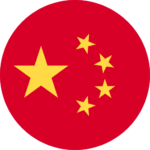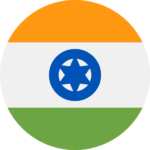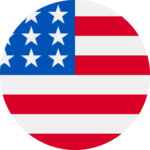When it was announced in 2023 that the African Union would become a full member of the G20, I darkly joked on a podcast that the AU’s entry into the body could very well mark the moment the G20 lost its status as one of the most important global coordination forums. Mark my words, I said, soon The Economist will be like “Uhhh, the G20 is OVER – it’s the ...
Day: February 14, 2025
Related Posts
U.S. or China? Latin America Under Pressure to Pick a Side
Latin America has emerged as a key battleground in U.S. President Donald Trump's confrontation with China, and the region is coming under pressure from Washington to choose a side. The Trump administration's approach to China's growing Latin American footprint -- seen as ...
WEEK IN REVIEW: Trump Claims Call With Xi, But Beijing Doesn’t Confirm
Two of China’s state-owned automakers may merge, creating the world’s largest carmaker by sales and eclipsing the current champion BYD. Dongfeng Motor Group and Chongqing Changan Automobile indicated in filings that their ownership structures may change, sparking rumors of a possible merger. Such a move could target overcapacity ...
Trump Offers Top-End Jets, Trade Deal to India in Modi Bromance
By Danny Kemp U.S. President Donald Trump on Thursday offered to sell state-of-the-art fighter jets to India as he and Prime Minister Narendra Modi vowed to ramp up trade, rekindling a bond that defies the new U.S. administration's punitive approach to ...
Trump Eyes Summit With Xi-Putin, Shaking up World Order
By Danny Kemp Donald Trump unveiled an extraordinary vision of a shake-up to the world order Thursday, eyeing a three-way summit with the Russian and Chinese leaders just a day after saying he had agreed with Vladimir Putin to start Ukraine ...
The U.S. or China: South Africa May Soon Have to Choose
There is mounting evidence that indicates the United States government may force South Africa to make a once-unthinkable choice: it's either the U.S. or China, but it can't be both. The president addressed the issue this week and said, "the South Africa ...






